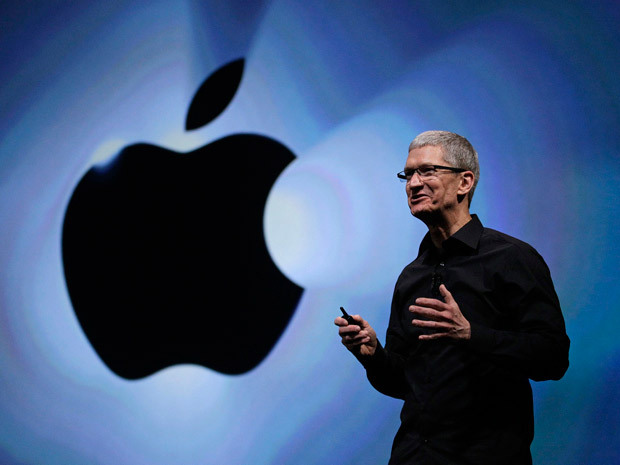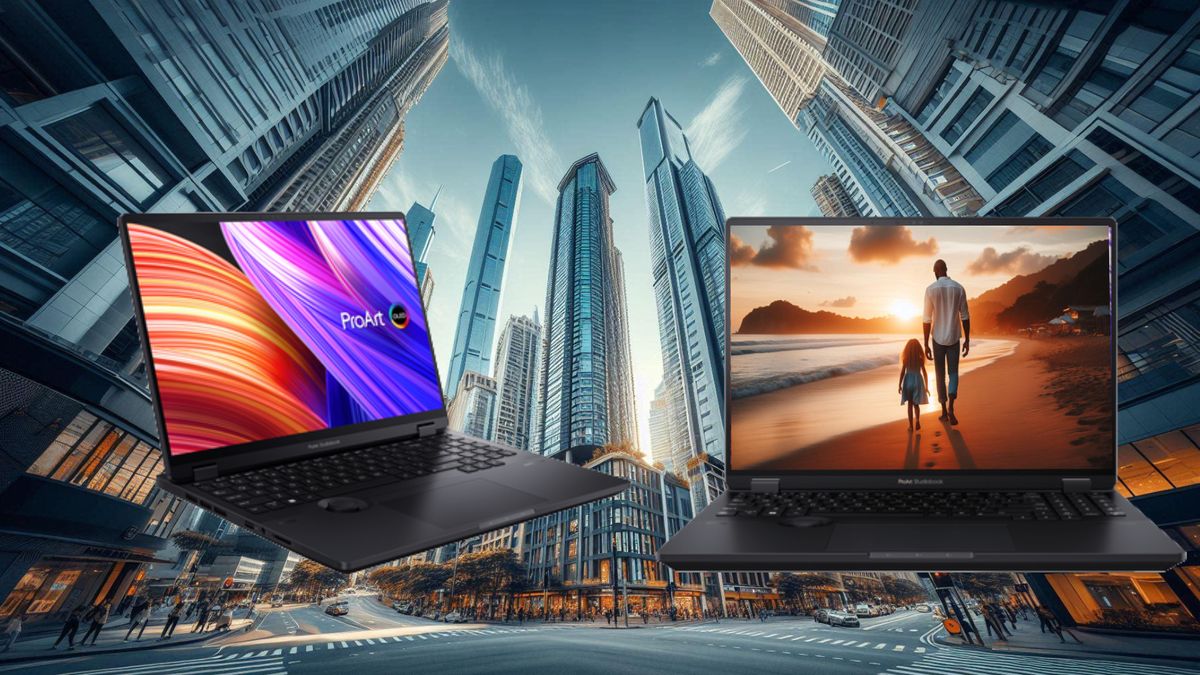
The Gist
- More AI, the merrier? Meta introduces an updated Llama large language model for AI development.
- On the hunt for OpenAI, Google. For the first time, Llama is being added to MetaAI, giving users an AI prompt and response experience similar to ChatGPT and Gemini.
- Meta’s roadmap. The combination of Llama 3 and Meta AI creates exciting new enhancements to Instagram, WhatsApp, Facebook Messenger and Facebook – as well as new challenges.
Last year, Facebook parent company Meta entered the AI development race by launching Llama 2. This week, Meta launched an updated Llama — Llama 3 — and added its latest large language model to its budding AI assistant Meta AI.
Meta’s release of Llama 3 and its integration into Meta AI represents a significant leap in AI-driven functionalities across its social media platforms, notably Instagram, WhatsApp, Facebook Messenger and Faceook. This update enhances user engagement by enabling more interactive and personalized content creation, such as image generation and AI assistance directly within the platforms’ interfaces.
For marketers, this development opens new avenues for innovative content strategies that leverage AI to create engaging visuals and responsive communication tools.
Meta didn’t waste the opportunity to establish its place among the AI giants with its latest advancements, with particularly a veiled shot at OpenAI’s ChatGPT: “Thanks to our latest advances with Meta Llama 3,” Meta officials wrote in its April 18 blog, “we believe Meta AI is now the most intelligent AI assistant you can use for free – and it’s available in more countries across our apps to help you plan dinner based on what’s in your fridge, study for your test and so much more.”
Let’s look at what is new in Llama 3 and how image creation appears in Meta AI.
Introducing Llama 3: Meta’s New Variations and Advanced Capabilities
Meta launched Llama 3 as two open-source variations, the Llama 3 8B and 70B models. The models feature improved pre-training and training. Meta claims that the new improvements lead to more accurate responses and a broader knowledge base to query within the large language model.
Among the developer features being touted is enhanced integration with Torchtune, a PyTorch extension library designed to allow programmers to fine-tune LLMs parameters. PyTorch is a popular machine learning library used by R programming and Python developers (I noted in the Llama 2 post that Microsoft and Meta were responsible for developing Pytorch), so the additional integration will entice a large number of developers to invest in learning and using Llama 3.
Further enticing developers will be wider application availability for a variety of development environments. The Llama 3 models are available on a wide variety of LLM development platforms such as AWS, Databricks and Hugging Face. Support from hardware platforms such as AMD, Dell, Intel, NVIDIA and Qualcomm are also offered.
Over the next few months, Meta will introduce additional model performance features such as the capacity to process longer context windows and additional model sizes. The model sizes are notable. In my post on Llama 2, I noted one of the research aspects among AI developers is smaller model sizes. High interest in researching model performance in a smaller size would permit AI to be better designed for devices and smaller program applications. The performance achievements will be explored in an upcoming research paper behind the development of Llama 3.
Related Article: How Meta’s Llama 2 Shifts Marketing’s Relationship With AI
Meta AI: Elevating User Experience with On-Demand AI Tool
The big news in the Llama 3 launch is its addition to Meta AI, an AI assistant that can be accessed online via a free dedicated website or through the search text boxes of the Meta social media platforms.
At the Meta AI website users see an interface very similar to that of other generative AI assistants like Propexity and ChatGPT. Users interested in image creation use the second button on the left to navigate to the image creation page. Users can then prompt Meta AI to create an image. Image suggestions appear while typing the prompt. This differs significantly from DALL-E in ChatGPT or Propensity where users have to wait for suggested images to appear.
There are also options to animate an image. The produced results are shortened 1-2 second loops, however.
Meta AI can handle a number of assistant queries, such as creating a packing list for a trip or suggesting ideas for a game; again in a similar vain as OpenAI’s ChatGPT and Google’s Gemini.
Meta AI can be accessed within the search boxes of WhatsApp, Instagram, Facebook and Messenger so users have access to assistance within their favorite social media platform.
Related Article: Zuckerberg Announces New Top-Level Team Focused on Generative AI
What Does This Mean for Marketers?
The most intriguing aspect is how these latest innovations are positioned for the common social media user’s benefit. Last year’s Llama 2 launch was aimed at developers for their own AI development purposes.
The introduction of Llama 3 into social media through Meta AI lets influencers experiment with image creation and explore assistance ideas. The overall result should be deeper engagement among even the most casual platform users, leading to longer yet more productive usage on the platforms. Current Facebook, Whatsapp and Instagram audiences would experience AI delivered the same way as OpenAI is delivered through ChatGPT.
Moreover, each platform has a vast amount of content sources that will allow Meta AI to craft recommendations that could be better suited for a given social media user.
Marketers should see this as an exciting opportunity to explore content creation through AI. They should also pay attention to how the public adopts the feature. The ability to create cute images and to share them through platforms designed for quick communication will accelerate how people communicate with intriguing imagery.
Meta’s AI Safety Measures: Combating Misinformation and Enhancing User Trust
The inclusion of advanced AI in a social media feature will test Meta’s capability to protect users from deepfake imagery and misinformation from spreading on the platform. Accusations against Meta regarding misinformation aren’t new, but many issues that have cropped up in the past have created an ongoing negative brand image when it comes to usage safety.
Meta does note that Llama 3 contains safety mechanisms to detect harmful, offensive or inappropriate words within the prompts that could produce problematic results. With the inclusion of access through Messenger and WhatsApp, Meta will also have to bolster efforts to ensure fake users do not leverage AI to present false messaging and scams.
Ultimately the deployment of AI image generation in two of the most popular social media platforms, Facebook and Instagram, will create ripples in how social media platforms respond and how the public further whets its appetite for AI content creation and assistance.
Have a tip to share with our editorial team? Drop us a line:





